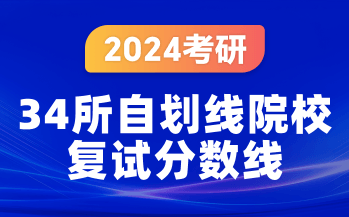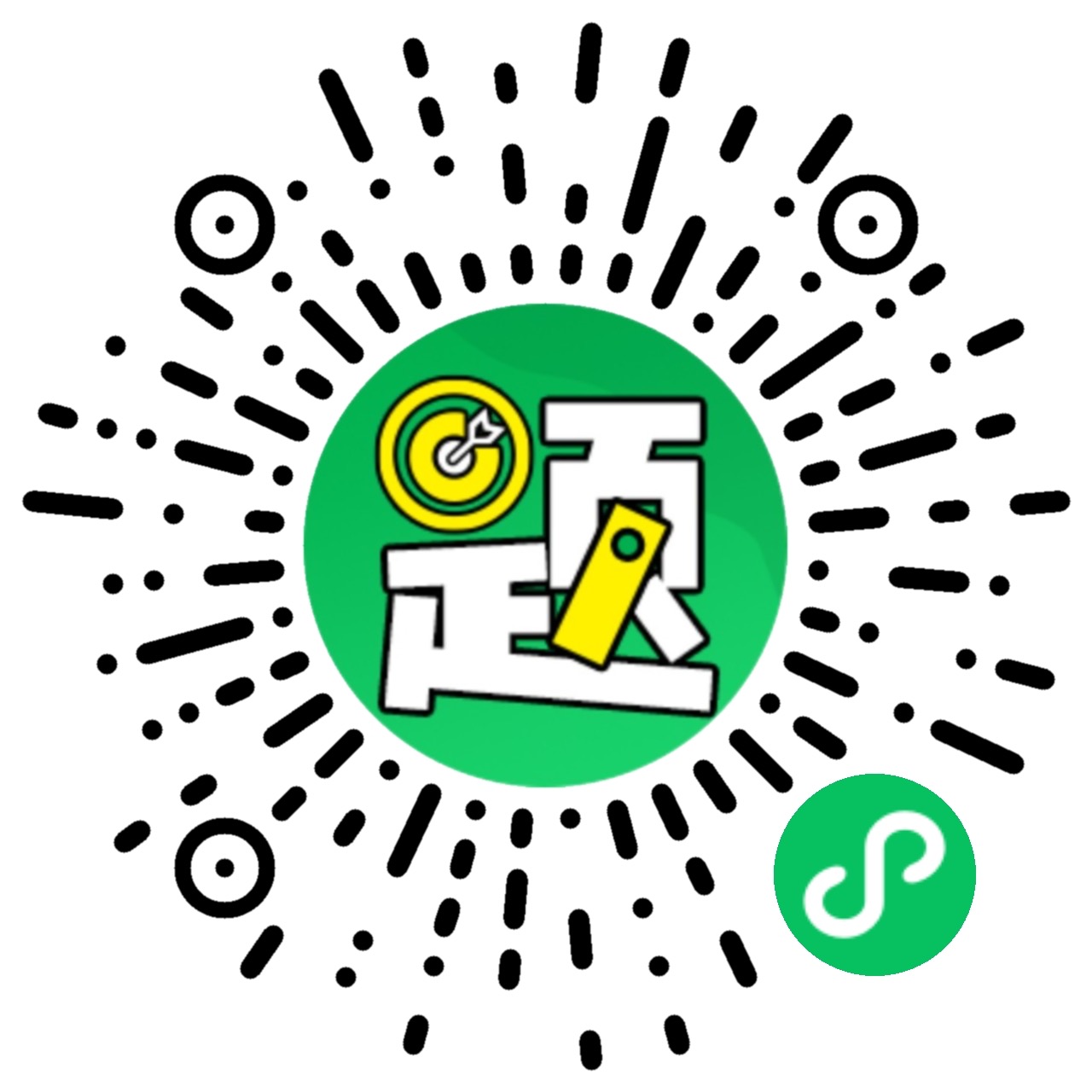细节题解题的根本在于正确定位,此处将从两个方面进行阐释:
首先,自然段定位,锁定题目的范围。根据历年真题的研究,考研英语阅读的题目严格按照题文同序的原则进行命制,一般是一题一段,也有的情况特殊可能是两题一段,即便如此也是严格遵照这个原则,前一题对应上半段后一题对应下半段。
其次,关键词定位,确定所在句子。此处关键词分为题干中的关键词和选项中的关键词。如果题干中不存在关键词或者出现在对应段落的很多句子中,此时应改用选项中的关键词进行定位,观察选项合理性挨个排除。
除了定位以外,细节题解题也可以适当关注考官容易出题的地方,即命题点,以下为大家指出几处。
1. 罗列细节处命题(罗列细节即汉语中的排比句)。比如说05年第二篇阅读理解中有这样一段话:Do you remember all those years when scientists argued that smoking would kill us but the doubters insisted that we that we didn’t know for sure? That the evidence was inconclusive, the science uncertain? That the antismoking lobby was out to destroy our way of life and the government should stay out of the way? Lots of Americans bought that nonsense, and over three decades, some 10 million smokers went to early graves. 此处前三个句子属于明显的并列关系,如果命制一道题目,答案从前面三个句子中出的可能性更大,可以缩小选项范围后,根据选项中关键词进行一一排除。
2. 指代处命题(常见指示代词比如this, that, it, the+n等)。比如In December 2010 America’s Federal Trade Commission (FTC) proposed adding a “do not track”(DNT) option to internet browsers, so that users could tell advertisers that they did not want to be followed. Microsoft’s Internet Explorer and Apple’s Safari both offer DNT; Google’s Chrome is due to do so this year. In February the FTC and Digital Advertising Alliance(DAA) agreed that the industry would get cracking on responding to DNT requests. 这段话中最后一句的the industry属于阅读中比较特别的指代,此处如果命题的话,需要还原在前面句子找到他指代的对象,不难发现,应该是Microsoft’s Internet Explorer,Apple’s Safari,Google’s Chrome这三个的总称internet browser developers.
类似以上两点的命题点还有很多,此处不再赘述,希望大家好好体会细节题命题的
原则和相应的解题技巧,以技巧保证高分












 京公安网备11010802020593号
京公安网备11010802020593号